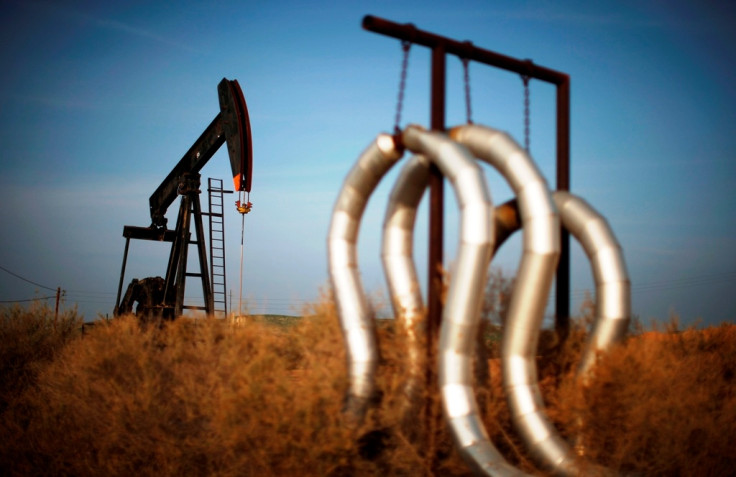Oklahoma's largest ever earthquake was caused by humans drilling for oil and gas
Injecting wastewater into the ground was the likely cause, not fracking.

The magnitude 5.8 Pawnee earthquake that shook Oklahoma last year was caused by human activity, a seismological study has found.
The Pawnee earthquake was the largest human-induced earthquake in the state, but it was far from the only one. Most earthquakes in the state are thought to have been caused by human activity. However, the Pawnee earthquake was the largest of any kind since modern, high-tech recording began.
Injecting wastewater from the oil- and gas-drilling industry in the state caused a build-up of pressure that was released in the form of the Pawnee earthquake on 3 September 2016, according to a study published in the journal Seismological Research Letters. The earthquake injured two people but there were no fatalities,.
The earthquake was attributed to wastewater injection and not fracking or hydraulic fracturing. Fracking involves sending water and additives into rocks underground at very high pressures. This helps to remove shale gas that is otherwise hard to extract from the ground.
Wastewater injection is a process to dispose of contaminated wastewater. This can be used by many industries, including oil and gas, metal production, chemical production and municipal wastewater treatment, according to the US's Environmental Protection Agency.
It's thought that the way the wastewater was injected into the ground made the Pawnee earthquake particularly large. The injection wells near the epicentre of the earthquake sent water down in irregular, variable bursts.
"Long-term injection may have been responsible for a gradual loading of the fault to the point where it primed the fault for failure triggered by the short-term high-rate injection," the study authors, led by Andrew Barbour of the USGS, wrote in the paper.

A collection of papers in the same issue of the journal investigate a number of other features of the earthquake. An unusual series of fractures, sand blows and ground subsidence after the earthquake have been mapped in a study led by Folarin Kolawole of Oklahoma State University.
Another study found that the earthquake raised water levels in monitoring wells for as far as 50 kilometres from the centre of the shock, and increased permeability of rock was measured as far as 150 km from the site.
The research papers paint a picture of Pawnee as an unusual earthquake not just for its size and impact but its effects on the wider geological environment of Pawnee County.
© Copyright IBTimes 2025. All rights reserved.






















